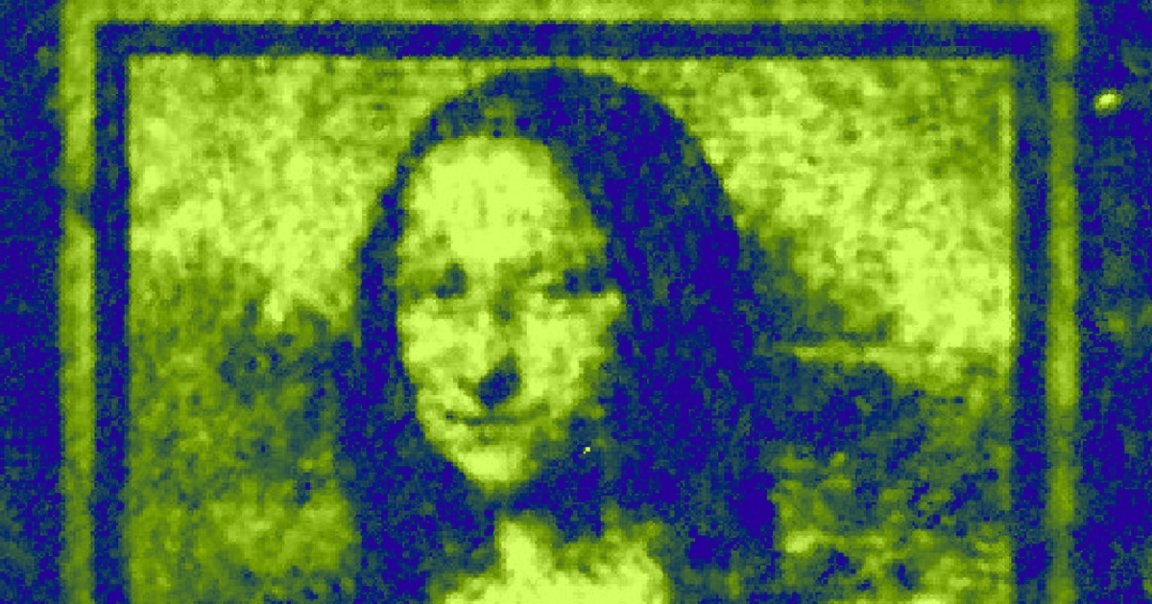
Artwork for Ants
A research experiment at the University of Queensland started as an attempt to better understand how fluids flow.
But somewhere along the way the team got sidetracked — by an art project.
“We were hoping to gain new insights into how our everyday world arises out of the microscopic quantum world, helping us create new quantum-enhanced technologies,” researcher Tyler Neely explained in a press release. “But, while we were at it, we just happened to create some of the world’s smallest masterpieces.”
Superfine Art
To create the tiny works of art, Neely said he and his team took a gas made of rubidium atoms and cooled it the coldest possible temperature — -273.15 degrees Celsius (-459 degrees Fahrenheit) — to create a substance that acts like a “blob of gaseous quantum matter.”
The researchers then projected images of the “Mona Lisa,” “Starry Night,” and even their own headshots backwards through a projector illuminated by a laser — so they’d get smaller instead of larger — and onto the blob.
“This light ‘stamps’ the image on an area around about 100 microns wide — more or less the width of human hair, which can range from between 17 to 181 microns wide,” Neely explained. “We can then take the image, which is only in black and white, and produce color shots by producing a ‘red,’ ‘blue,’ and ‘green’ image, and then combine them on a computer.”
READ MORE: Scientists ‘paint’ Mona Lisa on a quantum canvas [The University of Queensland]
More on weird art: Qbits for Cubists: Robots Made These Incredible Works of Fine Art